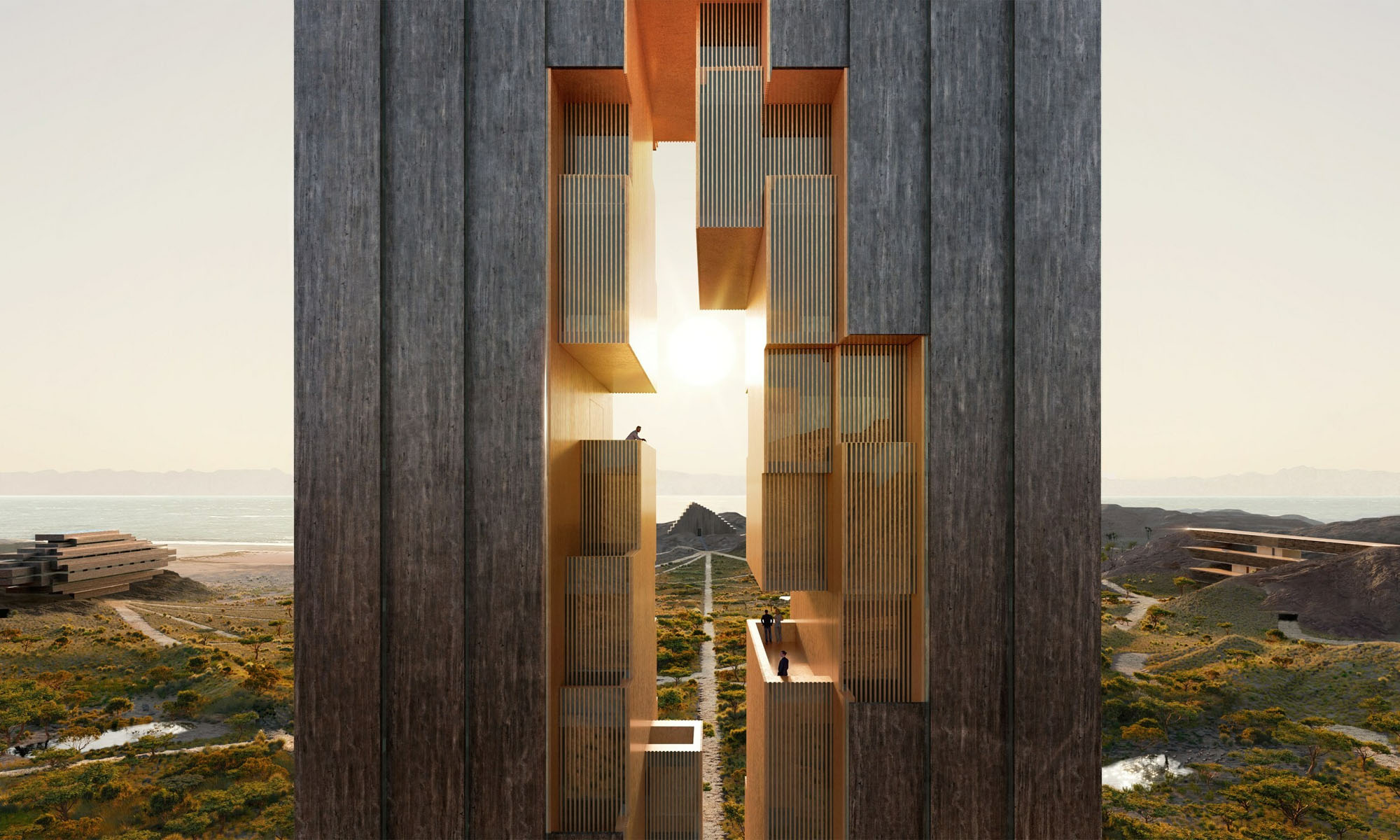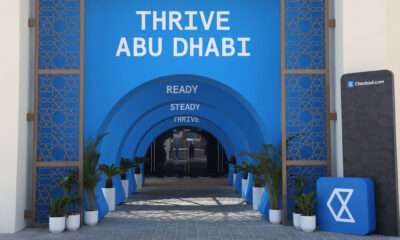News
NEOM Unveils Zardun, A High-End Ecotourism Retreat
The project aims to further improve the ever-growing Saudi ecotourism market with an upscale sanctuary resort.

According to recent data from Savills, the global ecotourism sector is projected to experience an annual growth rate of 15% from 2021 to 2027. In alignment with that upward trend, NEOM, Saudi Arabia’s ambitious $500 billion urban development, has disclosed plans to build an upscale sanctuary resort.
The lavish retreat, known as Zardun, will be built on a four-square-kilometer site, offering breathtaking vistas of the Gulf of Aqaba. NEOM officials have also confirmed that Zardun will boast no fewer than three deluxe boutique hotels.
Zardun will be populated by indigenous flora and fauna from the mountains to the shores and provide educational programs and on-site initiatives dedicated to the preservation, conservation, and rejuvenation of nature.
Also Read: Dubai Plans To Deploy Driverless Pods And Green Rail Buses
The site will be meticulously crafted to “blend harmoniously with the natural surroundings” as a further commitment to sustainable tourism. Additionally, Zardun will incorporate a 360-degree observation platform, affording guests unparalleled panoramas. Ecotourism pursuits available to visitors will include hiking, mountain biking, rock climbing, stargazing, meditation, yoga, and more.
News
Influencer Growth Fuels Saudi Creator Economy Surge
The Kingdom’s creator economy grew over 32% in Q1 2025, fueled by TikTok, UGC, and cost-per-action (CPA) influencer models.

Saudi Arabia’s creator economy saw a significant 32.37% growth in the first quarter of 2025, driven by an uptick in influencer marketing, content-driven e-commerce, and the increasing influence of user-generated content (UGC). These insights come from a recent study by Admitad and the Stllr Network.
Much of this momentum is coming from video-based platforms, where brands are leaning on creators who feel more relatable than polished ad campaigns. The trend shows a clear preference for authenticity, as audiences gravitate toward content that feels real and personal.
Mohannad Alzahrani, Co-founder and VP KSA of Stllr Network, highlighted the shift: “The rise of user-generated content (UGC) is changing the way brands engage with consumers. Audiences trust real creators more than traditional advertising, making UGC a key driver of authenticity and sales”.
TikTok remains the dominant platform in this space, reportedly reaching 88% of the Saudi population. It also showed the sharpest rise in influencer-led transactions. Other platforms followed with solid, if less dramatic, growth: X was up 17%, Instagram increased by 12%, and Telegram by 10%.
In terms of content niches, beauty led the pack with a 56% growth rate, followed by lifestyle at 45.8% and fashion at 18.2%. Tech content also showed healthy traction at 10.6%, while entertainment, food, fitness, parenting, and gaming posted smaller — but still positive — gains.
Also Read: Top E-Commerce Websites In The Middle East In 2025
The report analyzed more than 300,000 influencer-driven purchases. These efforts translated into a 15% year-on-year jump in Gross Merchandise Value (GMV) and a 5% increase in the number of orders in 2024. Influencers themselves are seeing the benefit, with average order values hitting $54 and creator earnings rising by 14%.
A noticeable trend is the move away from fixed-rate deals. More influencers in Saudi Arabia are embracing hybrid compensation models — especially cost-per-action (CPA) setups that tie their earnings directly to performance.
As Anna Gidirim, CEO of Admitad, explains, “The CPA model brings much-needed transparency to influencer marketing. Brands only pay for actual results, and influencers benefit by securing long-term partnerships while offering their audiences exclusive promo codes and special discounts”.
However, the ecosystem still shows a gender imbalance. The data indicates that 63% of creators in Saudi Arabia are men, while women account for just 37%.






















